Basic Radio Awareness
Modulation and Radio Building Blocks
How does modulation work?
Frequency of an RF channel is best understood as the frequency of a carrier wave.
A carrier wave is a pure wave of constant frequency, a bit like a sine wave. By itself it doesn’t carry much information that we can relate to (such as speech or data).
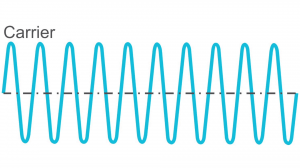
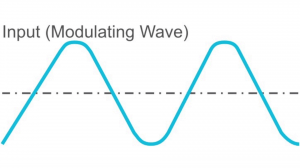
To include speech information or data information, another wave needs to be imposed, called an input signal, on top of the carrier wave. This process of imposing an input signal onto a carrier wave is called modulation. In other words, modulation changes the shape of a carrier wave to somehow encode the speech or data information that we were interested in carrying. Modulation is like hiding a code inside the carrier wave.
Recall that any wave has three basic properties:
1) Amplitude – the height of the wave
2) Frequency – a number of waves passing through in a given second
3) Phase – where the phase is at any given moment.
There are different strategies for modulating the carrier wave. First, a user can tweak the height of the carrier. If an input signal’s height varies with the loudness of a user’s voice and then adds this to the carrier, then the carrier’s amplitude will change corresponding to the input signal that’s been fed into it. This is called amplitude modulation or AM.
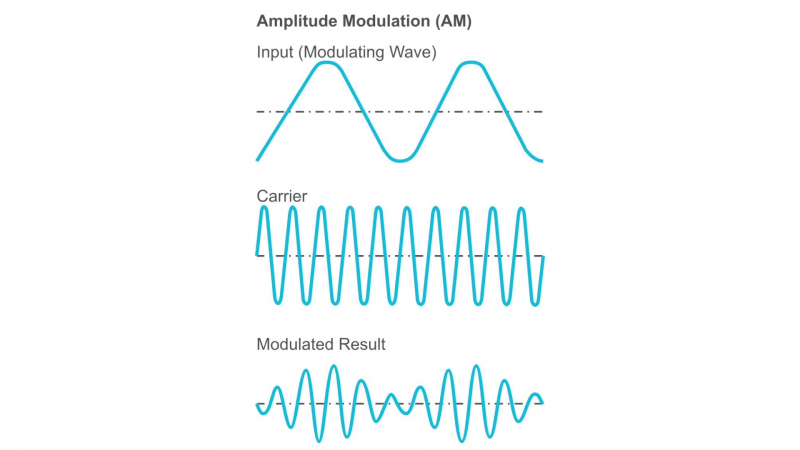
Frequency of an input signal can also be changed. If this input signal is added to the pure carrier wave, it will thereby change the frequency of the carrier wave. In that way, users can use changes of frequency to carry speech information. This is called frequency modulation or FM.
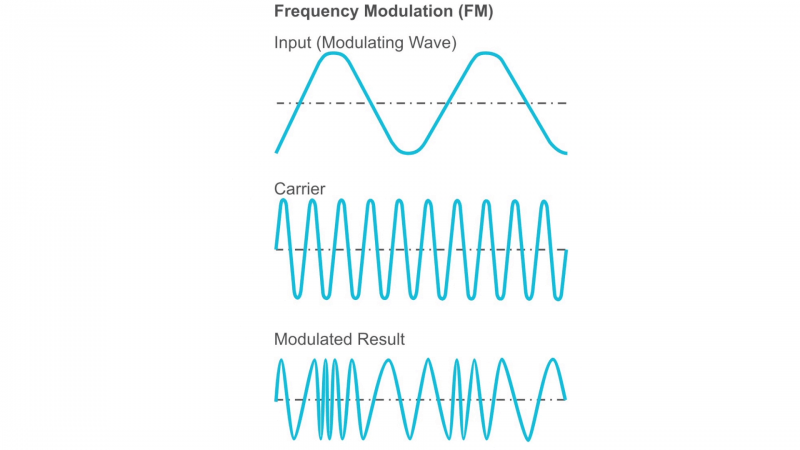
These two strategies can be combined to create a third scheme. In fact, any strategy that combines an input signal with a carrier wave to encode speech or other useful information is called a modulation scheme.
Modulation schemes can be analog or digital. An analog modulation scheme has an input wave that varies continuously like a sine wave. In digital modulation scheme, it’s a little more complicated. Voice is sampled at some rate and then compressed and turned into a bit stream – a stream of zeros and ones – and this in turn is created into a particular kind of wave which is then superimposed on the carrier.
The big question is, why have carrier waves in modulation at all? Why not simply use the input signal directly? After all, it is carrying all the information that we’re interested in and it only occupies a few kilohertz and bandwidth. So why not use it directly? Why are carriers and modulation needed at all?
Interestingly, the input signals could be carried (without a carrier wave) by very low frequency electromagnetic waves. The problem, however, is that this will need quite a bit of amplification in order to transmit those very low frequencies. The input signals themselves do not have much power and need a fairly large antenna in order to transmit the information.
In order to keep communication cheap and convenient and require less power to carry as much information as possible, carrier systems with modulated carriers are used.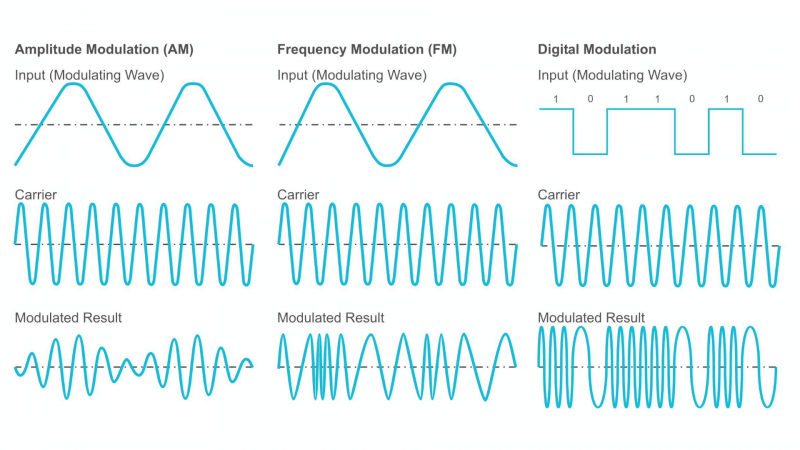
 Radio Academy
Radio Academy





